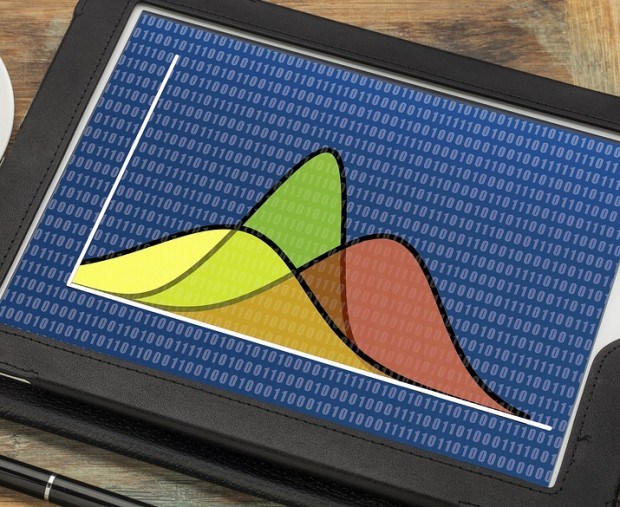U.S. hurricane is the peril most likely to cause the largest insured catastrophe losses and therefore financial impairment for insurance companies that are not adequately prepared. To date, rating agencies have relied most heavily on the 1-in-100-year PMLs (probable maximum losses) in the catastrophe components of their financial strength rating methodologies. These PMLs have also been used to determine reinsurance requirements.
Executive Summary
Rating agencies are revising how they incorporate catastrophe loss information into their rating methodologies. Starting this year, information on large loss potential beyond the PML will be used explicitly in the financial solvency ratings produced by A.M. Best and Demotech. Risk expert Karen Clark discusses these changes and how they could impact reinsurance purchasing and the ILS market.The past 10 years have been relatively light with respect to U.S. hurricane activity. According to historical averages, a Category 4 hurricane makes landfall about once every seven years, but it’s been 11 years since a hurricane of this intensity has crossed the U.S. coastline. During this time, insured coastal property values have continued to grow, and should a major hurricane strike the “wrong” place, insurers with significant exposure concentrations could experience losses far exceeding their reinsurance protections.


































